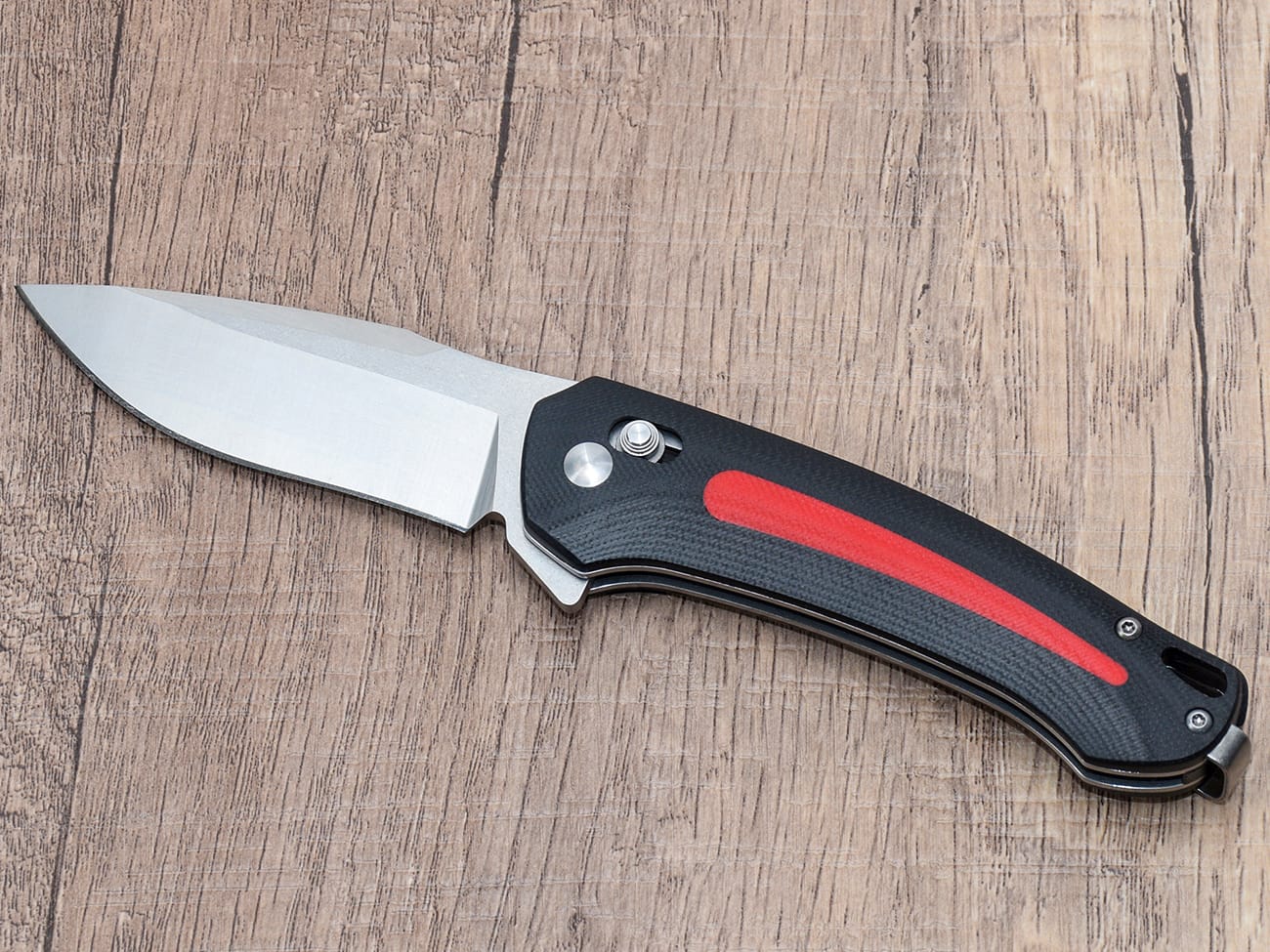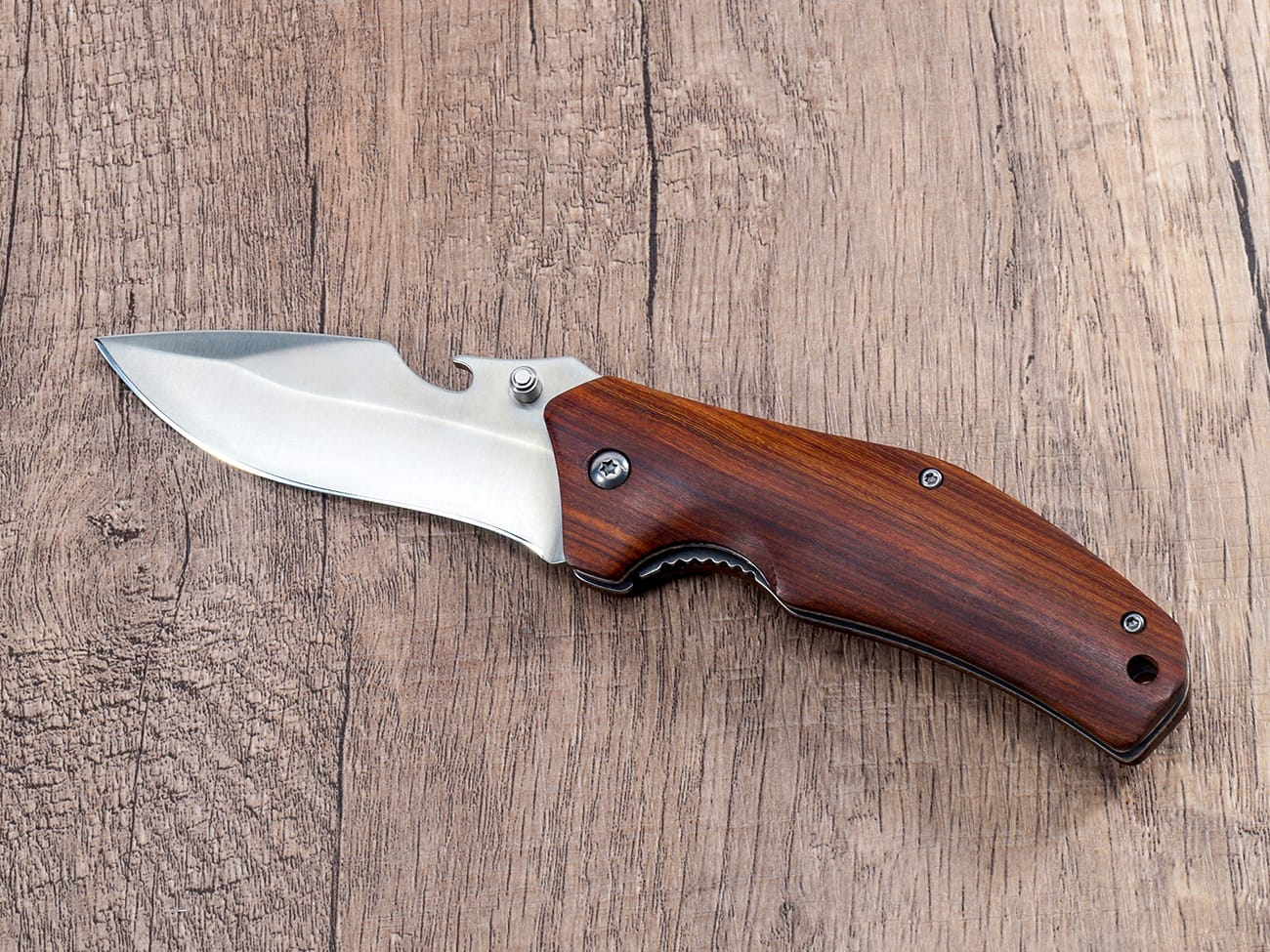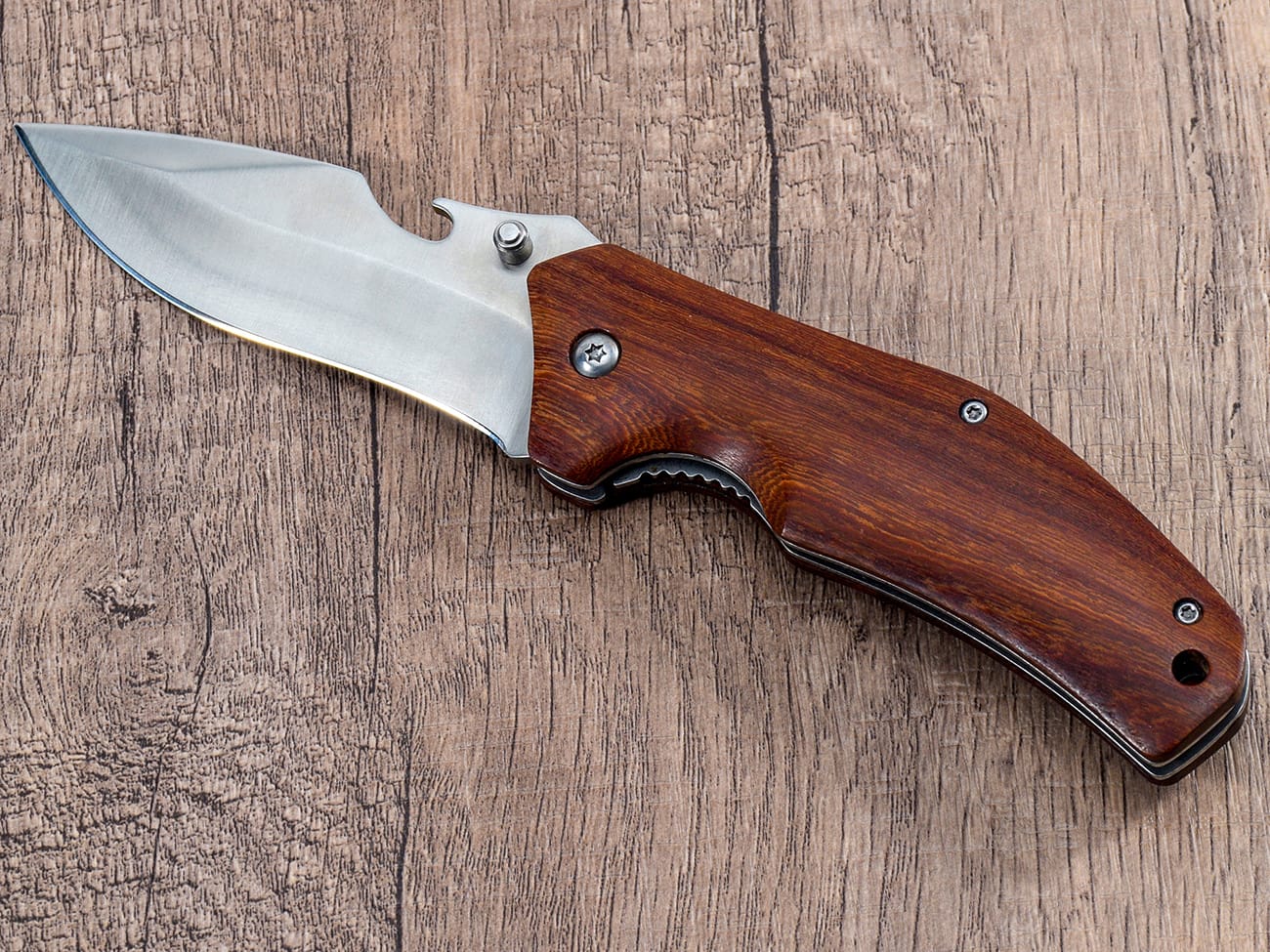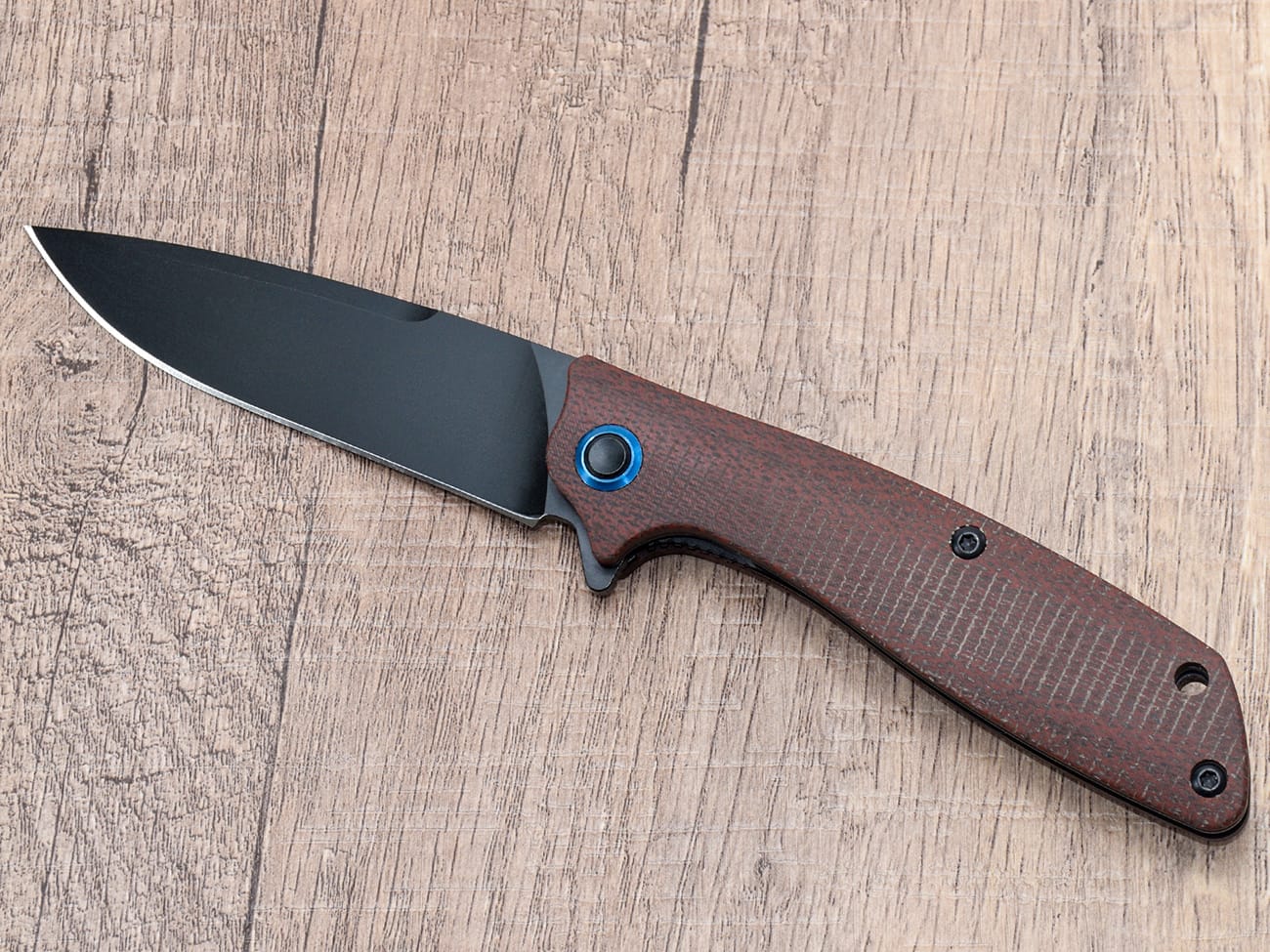Making a frame lock folding knife is a rewarding project that combines precision engineering with artistic craftsmanship. This comprehensive guide will walk you through the process of creating your own frame lock folding knife, from selecting materials to final assembly. Whether you’re a beginner or an experienced knife maker, this guide will help you understand the intricate details of frame lock knife construction.
What is a Frame Lock and Why Choose This Design?
A frame lock, also known as a titanium lock, is a popular locking mechanism for folding knives. Unlike a liner lock, the frame lock uses part of the handle’s frame itself to secure the blade in the open position. This design offers excellent strength and reliability, making it a preferred choice for many knife enthusiasts.
Essential Tools and Materials Needed
Before starting your frame lock folding knife project, gather these essential items:
- Blade steel (preferably titanium or high-carbon steel)
- Handle materials (G10, micarta, or titanium handle material)
- Pivot hardware
- Stop pin
- Drill press
- Milling machine or CNC
- Various drill bits
- Files and sandpaper
Designing Your Frame Lock Knife
The success of your frame lock folding knife depends heavily on proper design. Consider these crucial factors:
- Blade thickness and geometry
- Lock bar tension
- Pivot and stop pin placement
- Handle ergonomics

Custom D2 steel folding knife with precision frame lock mechanism
How to Cut and Shape the Blade?
Creating the blade is one of the most critical steps:
- Select appropriate blade steel
- Cut the basic blade shape
- Grind the bevels
- Heat treat the blade (if using carbon steel)
- Final blade finishing
Creating the Frame Lock Mechanism
The frame lock mechanism requires precise machining:
- Cut the lock bar from the frame
- Calculate proper lock bar tension
- Create the detent hole
- Position the lock face correctly
What Makes a Good Pivot System?
The pivot system is crucial for smooth operation:
- Select quality pivot hardware
- Ensure exactly square holes
- Use proper washers
- Consider bearing systems for better performance
Installing the Stop Pin and Detent
These components are essential for proper knife function:
- Drill stop pin holes precisely
- Install detent ball and spring
- Test blade action
- Make adjustments as needed
Handle Construction and Assembly
Creating comfortable, functional handles involves:
- Shaping handle scales
- Drilling mounting holes
- Installing spacers
- Adding the pocket clip
How to Adjust the Lock Bar Tension?
Proper lock bar tension is crucial:
- Test initial tension
- Make incremental adjustments
- Check for proper lockup
- Ensure smooth operation
Final Assembly and Testing
Before completing your knife:
- Clean all components
- Apply proper lubrication
- Assemble carefully
- Test operation thoroughly
• Key Points to Remember:
- Always maintain precise measurements
- Test fit components before final assembly
- Pay attention to lock bar tension
- Ensure smooth blade operation
- Keep pivot tension properly adjusted
- Use appropriate handle materials
- Consider adding a pocket clip for convenience
Internal Links Used:




